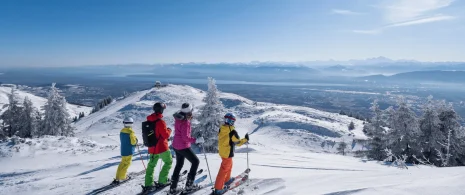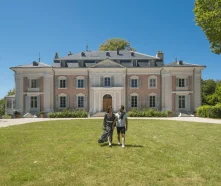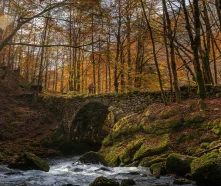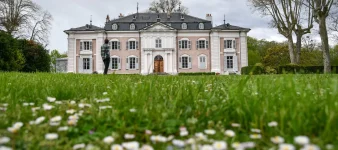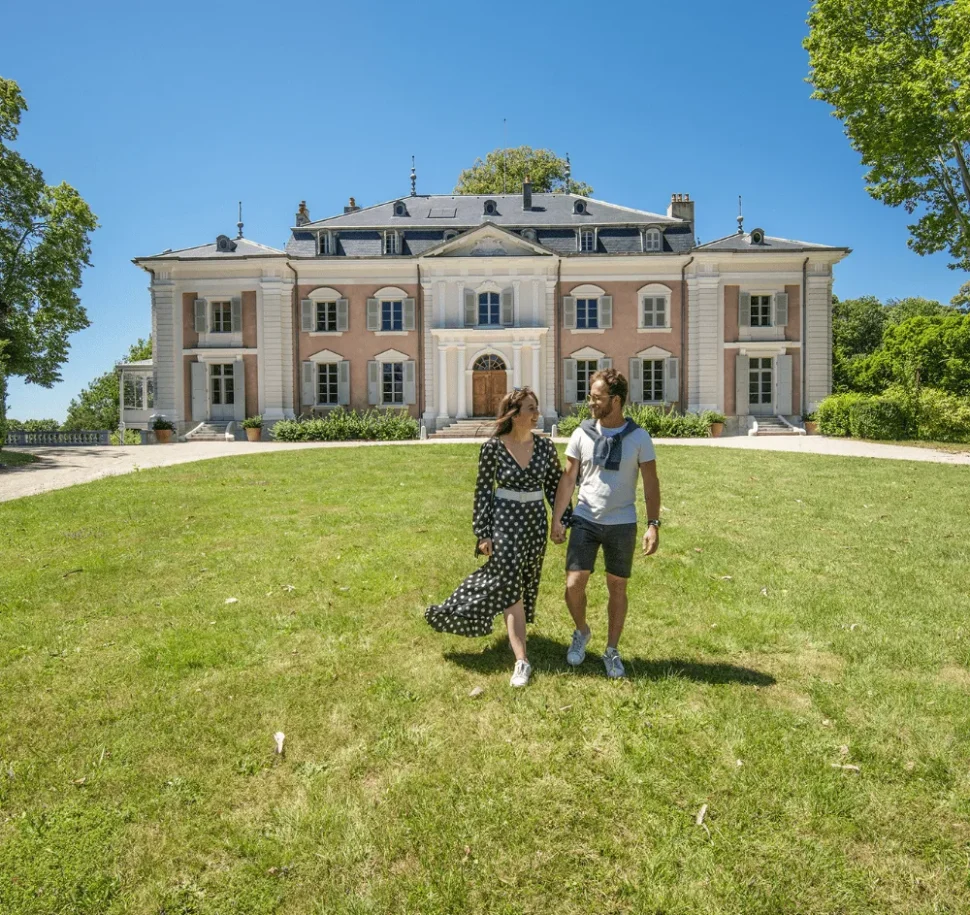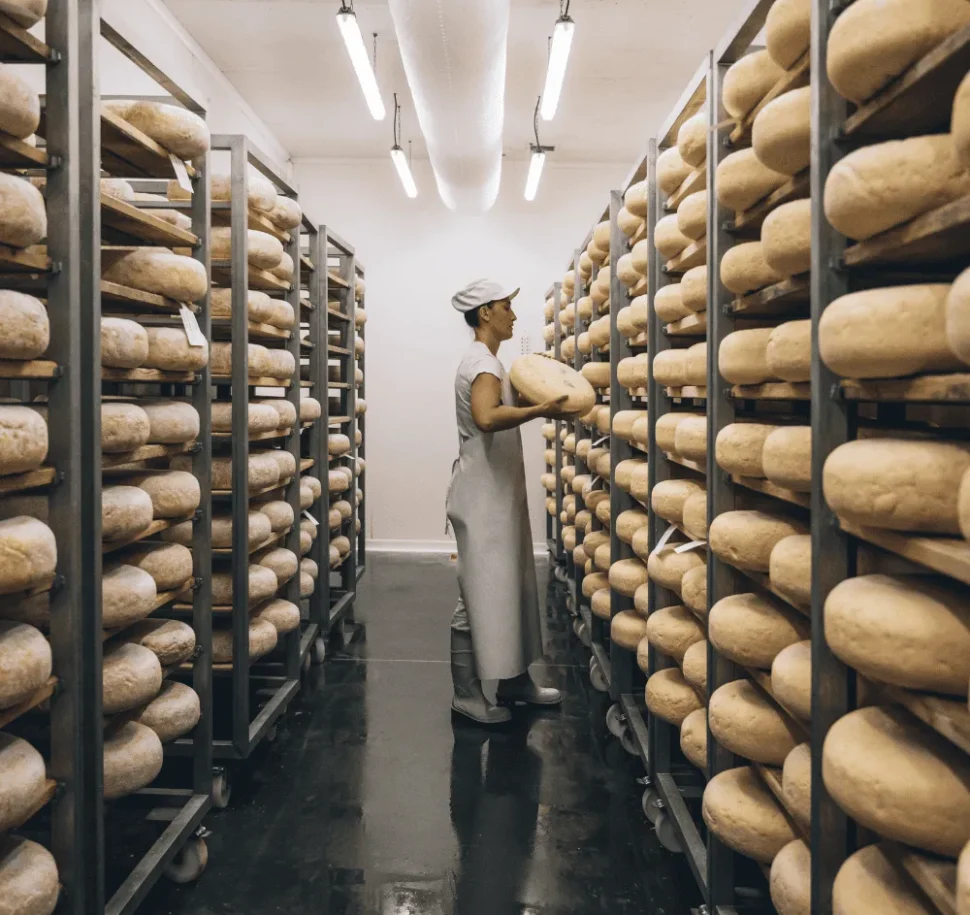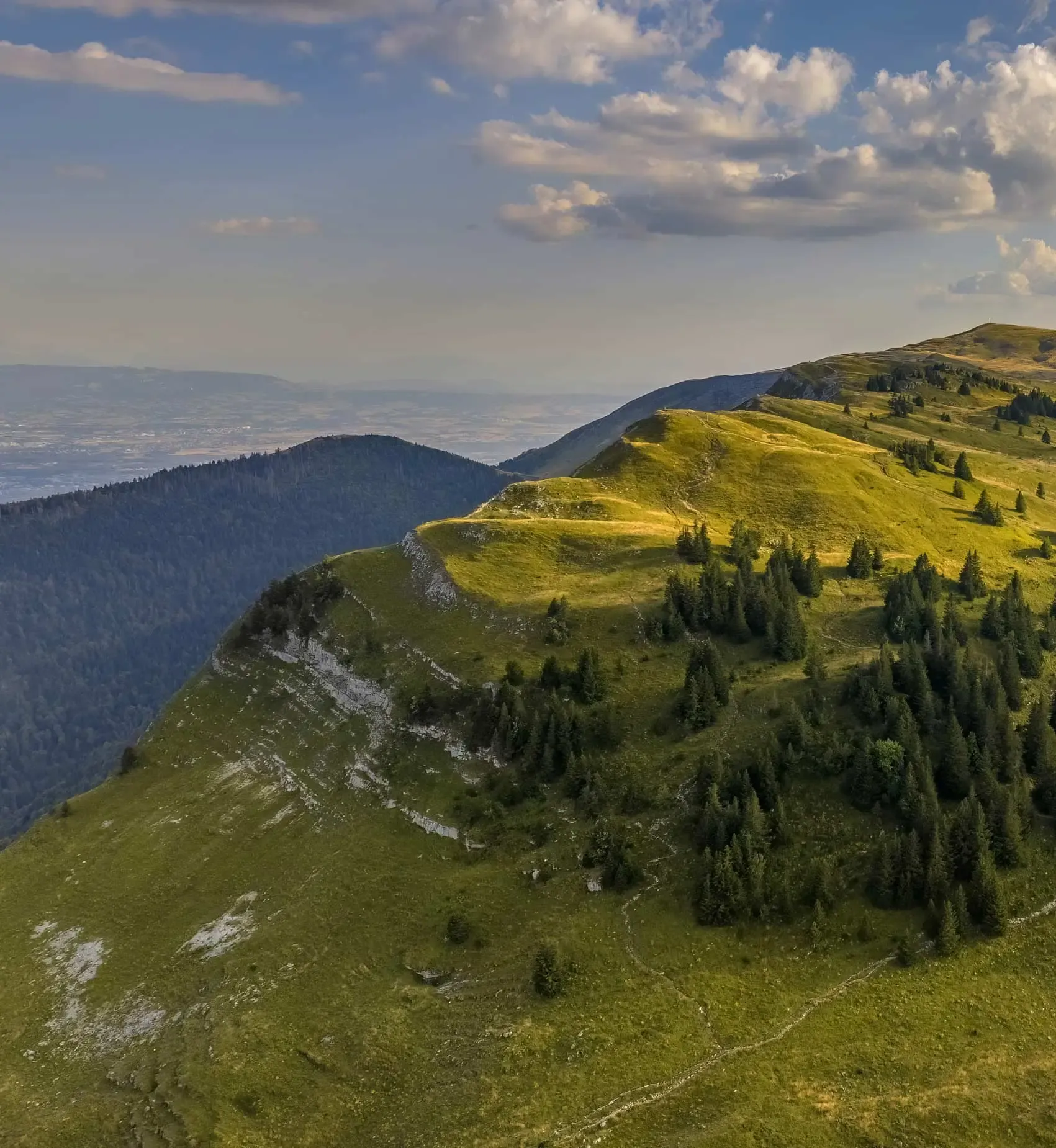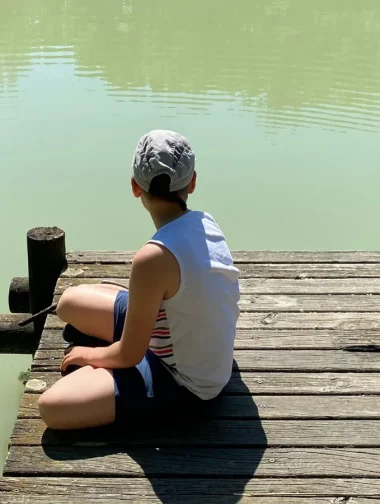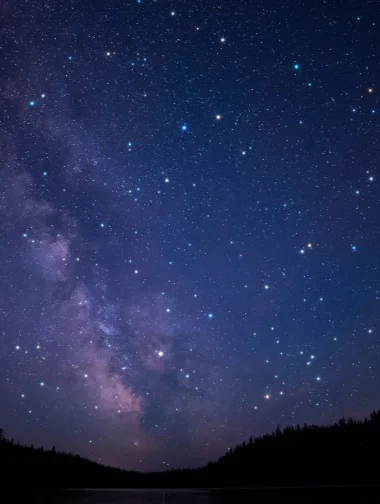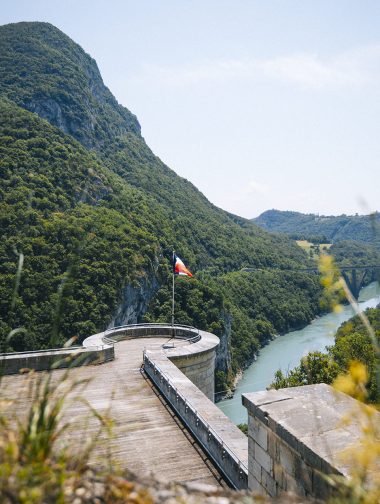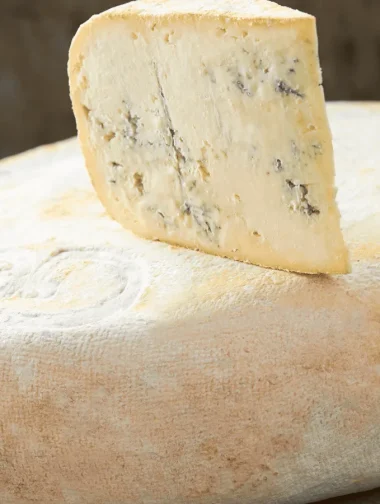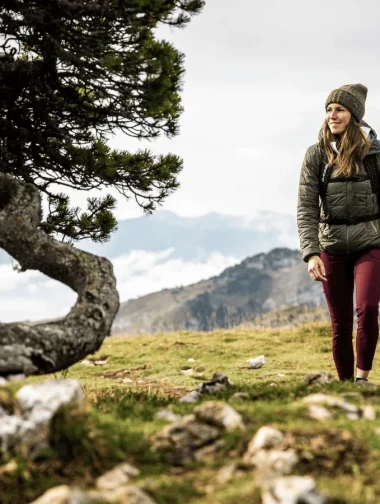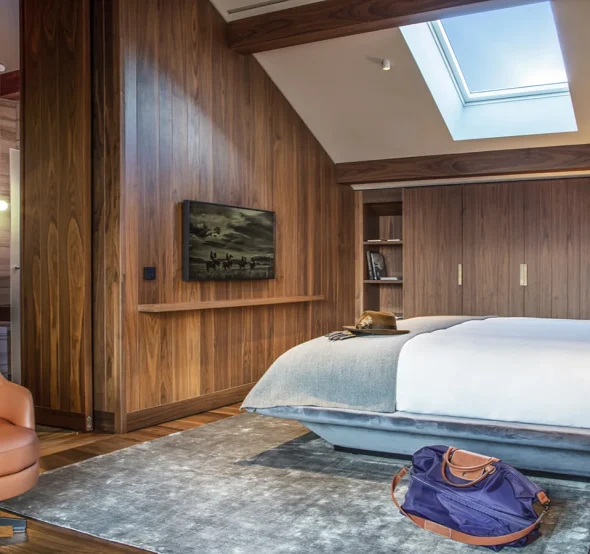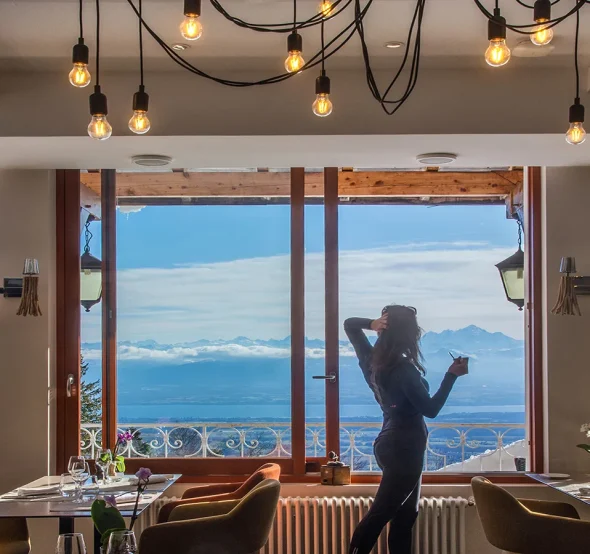You said Pays de Gex ?
Getting close to the top
The know-how trail
Enter the story
Getting close to the top
In the heart of unspoilt countryside, the Monts Jura resort invites you to get away from it all: hiking, mountain biking and breathtaking panoramas!
Find out moreThe know-how trail
Take a tour of Pays de Gex along this know-how trail, and you'll be immersed in an authentic, living heritage.
Find out moreEnter the story
Visiting the tourist sites and museums in and around Pays de Gex is the starting point for discovering our destination.
Find out moreMemories to make
In need of inspiration, or simply keen to discover all the treasures and curiosities of our destination? Dive into our blog articles!
Gastronomy
Know-how
What if you were a Gessian consumer?
Activity
Culture
Family
Gastronomy
My summer holiday week in the Pays de Gex!
Activity
Family
Nature
Let's go fishing in the Cessy pond!
Culture
Gastronomy
Focus on... Le Bleu de Gex du Haut-Jura
agenda & highlights
Discover, laugh, dance, taste and marvel as the seasons go by, with our calendar of events!

La Forestière – 2-day mountain bike tour By OKETEO
From 20 to 21 September 2025Lélex

Ultra 01 Tiger Balm: 45 km – departure Lélex
19 July 2025Lélex

Guided tour: Mijoux, at the heart of the trades of the past
23 July 2025Mijoux
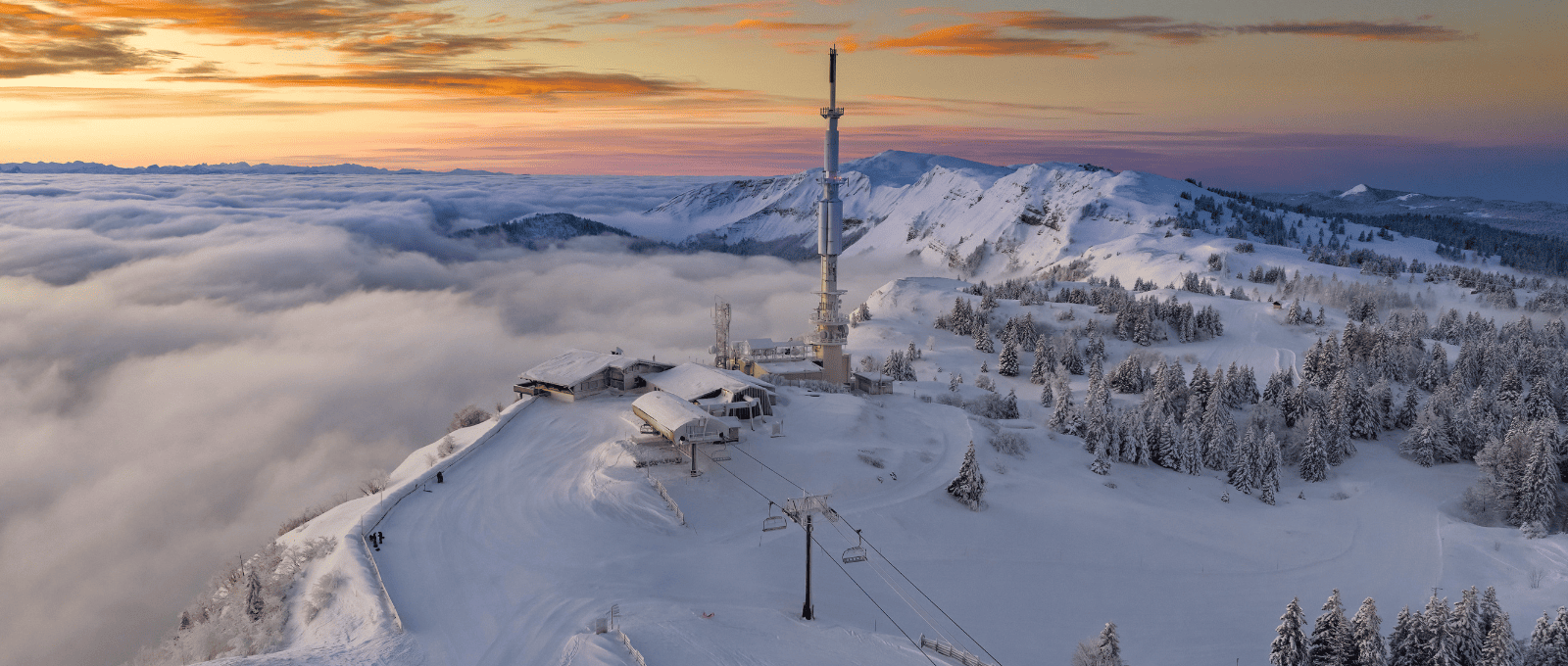
Accommodation & restoration
Planning a holiday in the Ain? Whether you're a couple, a family or a group of friends, you'll find the right accommodation here.
Accommodation
Restaurants


Coming to the pays de Gex Monts Jura
Situated in the north-east of the Ain département, Pays de Gex lies between the Jura mountains and Lake Geneva.
